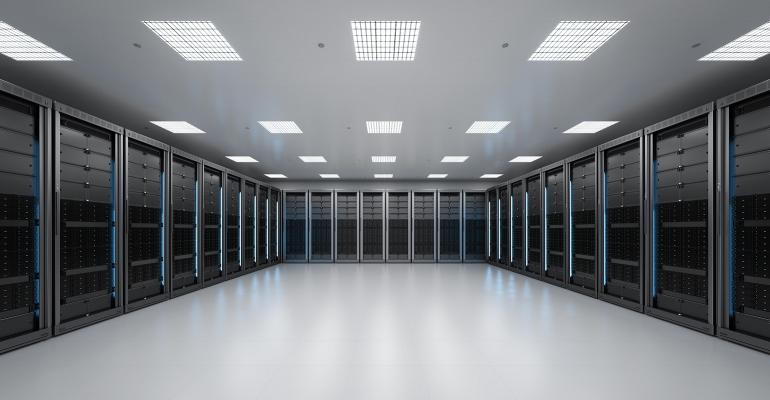Anyone living in a modern, digital economy literally depends on data centers all day long. Yet few people fully understand how data centers work. Even seasoned IT professionals don't always have a good sense of what goes on in data centers, how data centers relate to the broader IT industry, or even where data centers are located.
To prove the point, let's look at five common misconceptions about data centers and explain why they're wrong.
Myth 1: Only Large Tech Companies Have Data Centers
Most mainstream media coverage of data centers focuses on facilities owned by very large technology companies. Non-specialists might be aware of claims that a TikTok data center in Norway is starving the region of energy, for example, or read coverage about how Facebook and Apple data centers affect local communities.
Based on coverage like this, it can be easy to assume that the only companies that operate data centers are large technology businesses.
But that's a myth. In reality, virtually every business that operates scalable digital infrastructure — which is to say, virtually every medium-or-larger business that exists today — depends on data center facilities of some kind. Banks, insurance companies, and plenty of other businesses that don't qualify as tech companies own data centers.
Myth 2: Data Centers Are Being Replaced by the Cloud
Even in the tech industry, it can be easy these days to believe that private data centers are going away as more and more workloads move to public cloud platforms. In an age where 94% of companies use the cloud, is anyone still relying on data centers?
The answer is a resounding yes. Setting aside the fact that the public clouds are themselves dependent on data centers, the data center industry as a whole continues to grow at a steady clip. The myth that data centers are increasingly irrelevant due to the public cloud is simply wrong.
Myth 3: Data Centers Are in Remote Locations
Ask an ordinary citizen to describe a data center, and there's a pretty good chance you'll hear about a building located in the middle of a desert or other sparsely populated locale. We have a tendency to imagine that data centers are far away from most people.
It's true that data centers — in particular, large ones — are often built in remote areas. But highly populated areas are home to data centers, too. New York, for example, has dozens of data center facilities, although the people who live and work in close proximity to them may not know it.
Myth 4: Data Centers Are Killing the Environment
Increasingly, folks are realizing that data centers consume lots of electricity. More and more media articles are highlighting the carbon impact of streaming video from a data center, for example. This coverage may lead some people to believe that data centers are killing the planet because they consume massive amounts of energy.
The reality is more complicated. It's true that data centers require a lot of electricity, but not all of it is "dirty," and taken together, data centers account for only about 1% of total energy use. The transportation industry, in contrast, is responsible for about 28% of the world's energy consumption.
There is also an argument to be made that data centers are more environmentally friendly than alternative approaches to hosting digital infrastructure because data centers operate more efficiently. In general, running 10,000 servers inside a data center that is designed for optimal energy usage will probably result in fewer carbon emissions than running 10,000 servers that are dispersed across hundreds of on-prem server rooms, which are much harder to optimize for sustainability and which don't benefit from economies of scale when it comes to energy consumption.
Myth 5: Data Centers Are Great for the Environment
On the other hand, it's also a fallacy to overestimate the sustainability of data centers.
Even in an age where data center owners are increasingly eager to source renewable energy, the majority of electricity on which most data centers depend comes from fossil fuels.
Plus, even data centers that do rely extensively on clean energy may only be able to do so intermittently, since the amount of electricity that you can generate from sources like solar and wind can vary significantly between different times of day or seasons of the year. As a result, even "green" data centers are not always green.
Conclusion
From the types of companies that run data centers, to where data centers are located, to how sustainable the data center industry is and beyond, data center myths abound. The good news is that dispelling the myths is easy enough, provided you look beyond generic coverage and think about the details and nuances of modern data centers.




